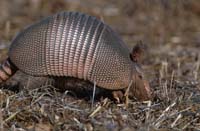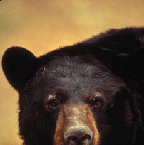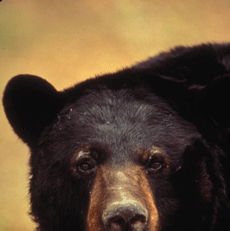 Feral swine are moving into southern New York State, from scattered toe-holds in the northern part of the state. (Hopewell Evening Tribune)
Feral swine are moving into southern New York State, from scattered toe-holds in the northern part of the state. (Hopewell Evening Tribune)
Armadillos are heading north, perhaps because milder winters let them survive in unexpected places.(The Daily Climate)
Bears are returning to previously-burned regions of Arizona. Arizona Game and Fish warns returning home-owners in bear-prone areas to throw away spoiled food at the landfill. This is probably a good idea for residents returning to flooded areas in other states as well.
While there have been plenty of black bear sightings in urban and suburban areas all over the country, bears are causing more than the usual ruckus in densely populated New Jersey. (Newark Star-Ledger) See this article (Nyack Patch) and these articles also.
And in Greenwich, Connecticut, people are still seeing mountain lions. (Hartford Courant) (See last week’s post.)
Photo: John and Karen Hollingsworth, courtesy of US Fish and Wildlife Service






